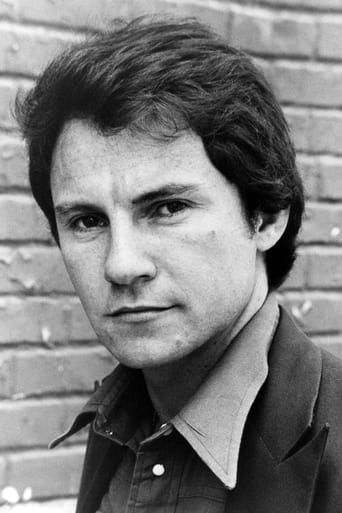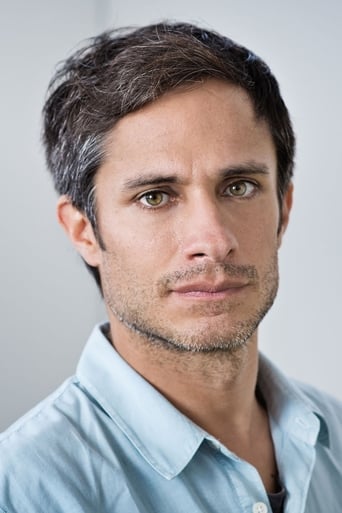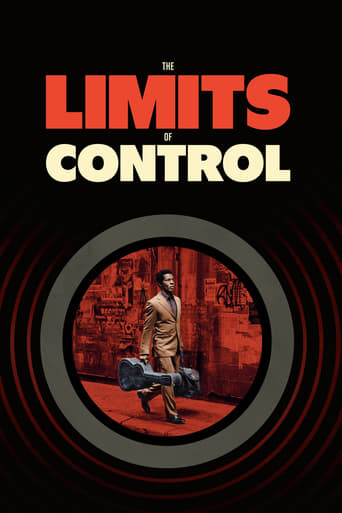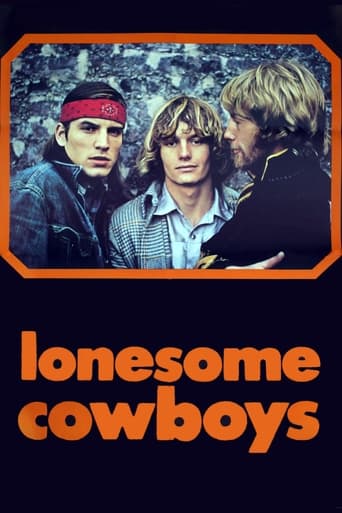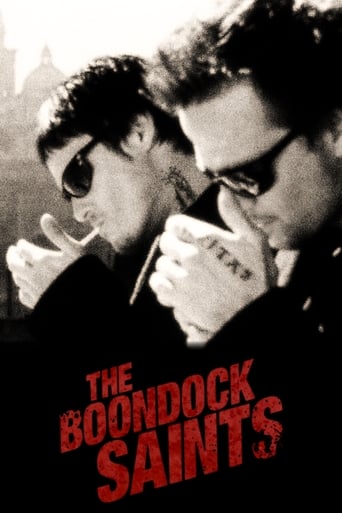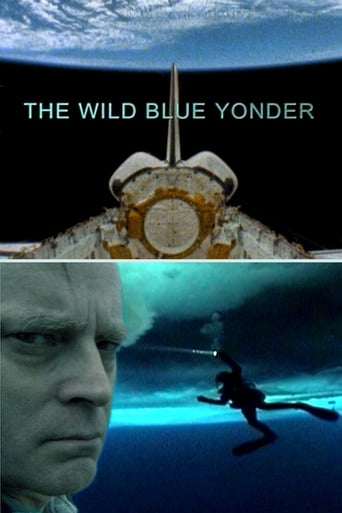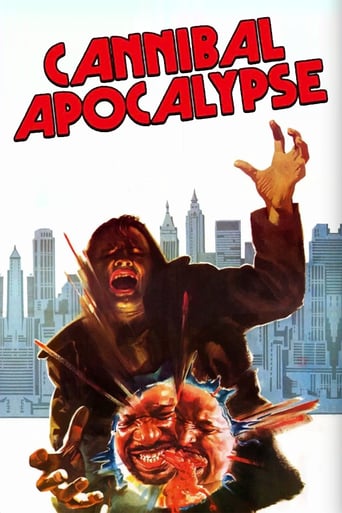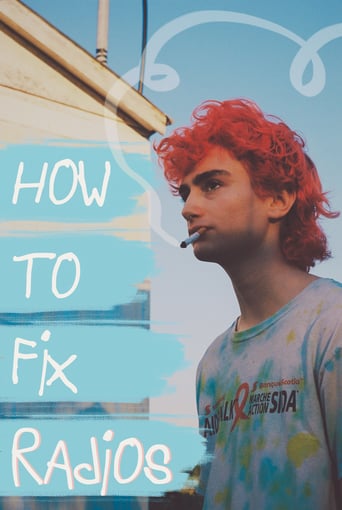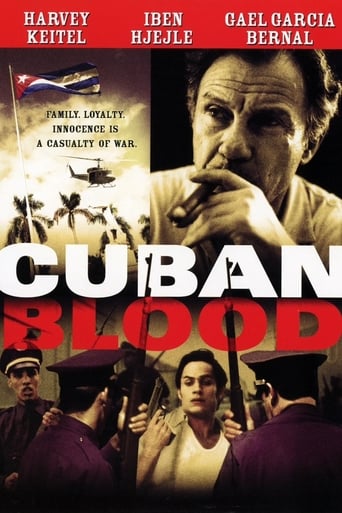

Dreaming of Julia (2003)
The year is 1958, and in Holguín, Cuba, a boy's world is about to change forever.
Watch Trailer
Cast
Similar titles
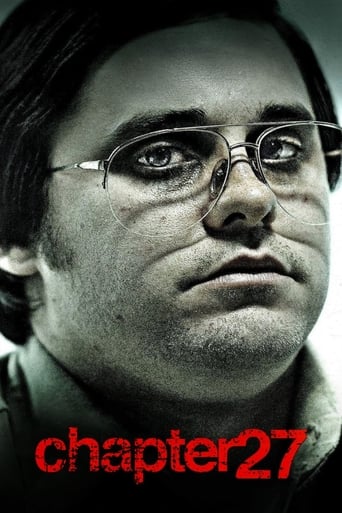
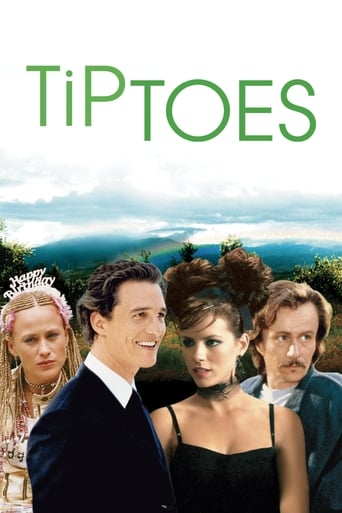
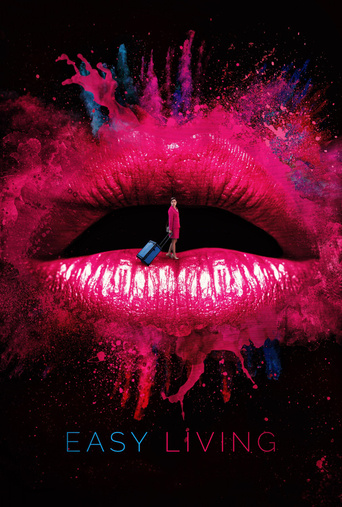
Reviews
Excellent, smart action film.
I think this is a new genre that they're all sort of working their way through it and haven't got all the kinks worked out yet but it's a genre that works for me.
True to its essence, the characters remain on the same line and manage to entertain the viewer, each highlighting their own distinctive qualities or touches.
It's simply great fun, a winsome film and an occasionally over-the-top luxury fantasy that never flags.
Cheers to Letvia and Juan for the care taken to depict Holguin,Cuba of 1958. It is quite a thrill to see the incredible city of Holguin in a movie. The city, perhaps 100,000 strong in 1958, has grown substantially since then. Today, you can still fly direct to Holguin from Miami. Well , maybe not you but I can. :)Armin and Tete, characters in this story, are my aunt and uncle and, yes, they were in Holguin in 1958 the year i was born (in Holguin). Armin and Tete are alive and well and living in Hialeah, Florida. [email protected]. 11/21/2012 http://www.imdb.com/name/nm5020153/
This film is a lyrical and romantic memoir told through the eyes an eleven year old boy living in a rural Cuban town the year of the Castro revolution. It is an obviously genuine worthy labor of love. The names CUBA LIBRE and CUBAN BLOOD are merely attempts to wrongly market this as an action film. DREAMING OF JULIA makes much more sense. It has more in common with European cinema than with RAMBO and the revolution is merely an inconvenience to people's daily lives and pursuits. That fact alone makes the film more honest than most works dealing with this time period in Cuban history.The excessive use of the voice-over narrator does undermine the story but the film makes up for it with unqualified clips from Hollywood films that say so much more visually than the narrator could.The comparisons to CINEMA PARADISO and are fair game as the film does wax melancholy about movies, but there is an underlying pain at the loss of a lifestyle that surpasses lost love. The revolution, like the film JULIE, never seems to have an ending.
CUBAN BLOOD, a direct to DVD little film, has a long history. Shot in the year 2000 in the Dominican Republic as the first film for director/writer Juan Gerard (with writing assistance from Letvia Arza-Goderich) the film began as a 3 1/2 epic about the small town of Holguín, Cuba in the year 1958, a place where the Bautista/Castro clash was not as evident as in Havana. Originally named DREAMING OF JULIA (referencing both the sole entertainment for the little town - a movie house - as well as the sole Americana Julia who plays a significant pivotal role in the story), the film was next called CUBA LIBRE and finally titled (rather inappropriately CUBAN BLOOD. Juan Gerard has yet to make another film and one can understand why.Holguín is a pretty, peaceful town whose patriarch is Che (Harvey Keitel - and the Che is an old grandfather, not the revolutionary), married to Beta (the very talented and dignified Mexican actress Diana Bracho), who are the beloved grandparents of the little boy (Andhy Méndez) whose story this film is as narrated by off screen mature Tony Planas. The impending revolution results in a loss of power for the town and the story is a simple coming to grips with the changes that are to be inevitable. The boy meets the Americana Julia (Iben Hjejle) who befriends him; he struggles with the town youths who mimic him as a chicken; he dotes on movies he watches with his grandmother Beta; he falls in love with the older Carmen (Farah Alfonseca) who in turn is in love with a quiet revolutionary sympathizer Ricky (Gael García Bernal in his second film after his debut in AMORES PERROS); he learns of Che's infidelity to Beta; and he watches the town and his family disperse with the coming of Fidel Castro's revolution. Seeing the events of 1958 through the eyes of a child is enchanting and for the most part makes for a sweet, though saccharine, film.Cinematographer Kramer Morgenthau takes terrific advantage of the 'year without electricity' motif and makes most of the film shot at night with candles and lanterns creating a storybook loveliness that heightens the romantic aspect of this film. Perhaps in the original 3 1/2 hour version there were better character developments - especially in the case of Gael García Bernal's very small but pivotal role, and in the use of Georg Stanford Brown as a Greek Chorus 'Black Bum' who seems to be placed to make the events unfold with some sense of order.The supporting cast includes some strong actors: Gabino Diego, Cecilia Suárez, Aline Küppenheim, Daniel Lugo, etc whose roles were no doubt better fleshed out in the original. But it is clearly the influence of Harvey Keitel that helped Juan Gerard make this film happen. It has moments but it too often falls into the novella melodrama realm to make it work for audiences trying to figure out whether this is an historic drama or a Cuban version of 'Cinema Paradiso'-type Italian films. Grady Harp
Saw this at the Hawaii Film Festival where the director and his wife (who produced it) took a Q&A afterwards.I found it hard to believe this is a first time director and all kudos to Harvey Keitel for once again taking a risk and going out on a limb for a script he liked.Certainly reminiscent of Cinema Paradiso, it tells the story of the young director on the turning of the revolution in Cuba. However, don't expect this to be a movie about the revolution, it's political stance is wonderfully ambiguous. Many references to the directors obvious love of film history (a great "Bicycle Thief" homage") and some whimsical scenes which work with out being pretentious.Enjoy!
